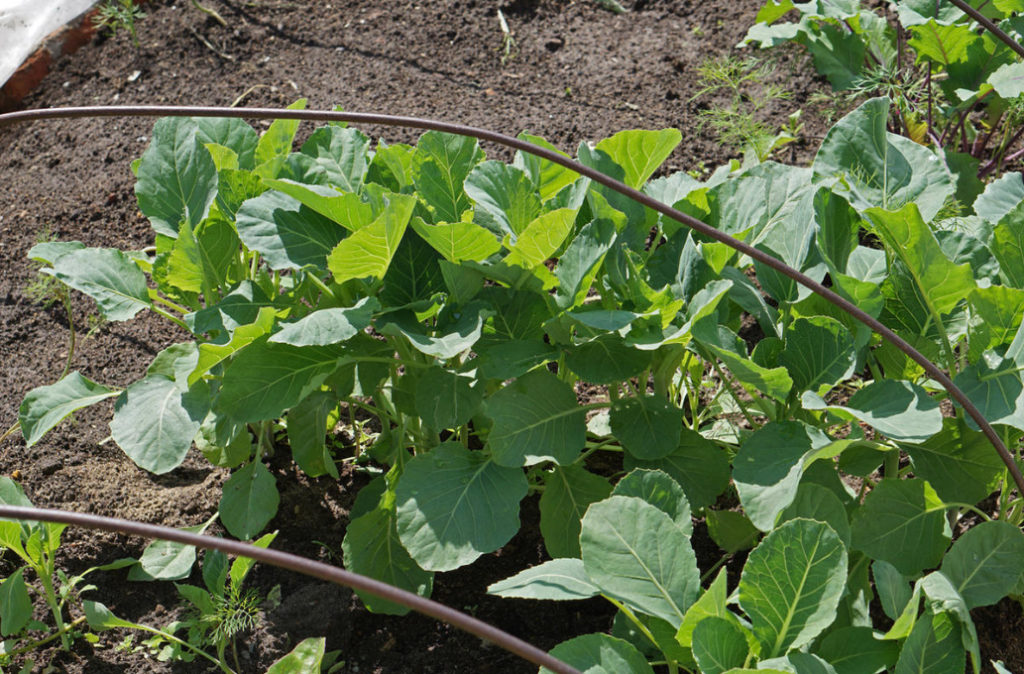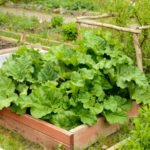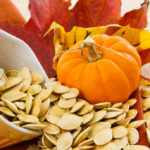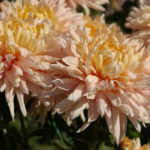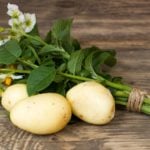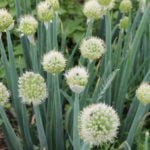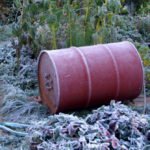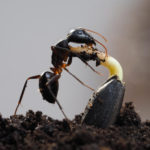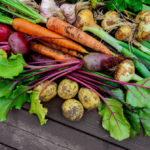Since ancient times, gardeners are engaged in winter crops, freeing up precious time in the spring harvest. Many of us still practice such a profitable approach, but among the assortment of vegetables suitable for this purpose, we always somehow lose sight of cabbage.
It is worth noting that in those days gardening was somewhat different from modern suburban life. First, there were no summer residents as such: the garden was occupied by villagers who did not need to get through traffic jams to the cherished beds — left the house and planted at the right time. Second, seeds the same cabbage always was in abundance, because have bred their all on their own. And finally, the weather was very different: neither in winter nor in summer there were no such anomalies with sharp thaws and cold spells.
However, to this day, we hear enthusiastic reviews of summer residents who boast of their cabbage harvests obtained from winter planting. Some cut strong white heads a month earlier than the traditional term. Others serve cauliflower culinary delights. And the third appetizing crunch juicy Peking cabbage at a time when we are just thinning unsightly shoots in their beds.

I wanted to find out the secrets of these craftsmen, because every spring I, like you, grieve that my window sills are not rubber and can not accommodate all the seedlings. And just like many, I have to transport all this grown-up green brotherhood to the country. Maybe it really is necessary to unload the spring window sills and now break the garden bed for cabbage?
Dignities
In front of the winter planting cabbage especially tempted by the advantages:
- in the spring, cabbage rises 2-3 weeks earlier than usual (when sowing in the ground), and if you additionally cover the bed, then such an event will happen even faster. As a result, you can bring the time of harvest about a month;
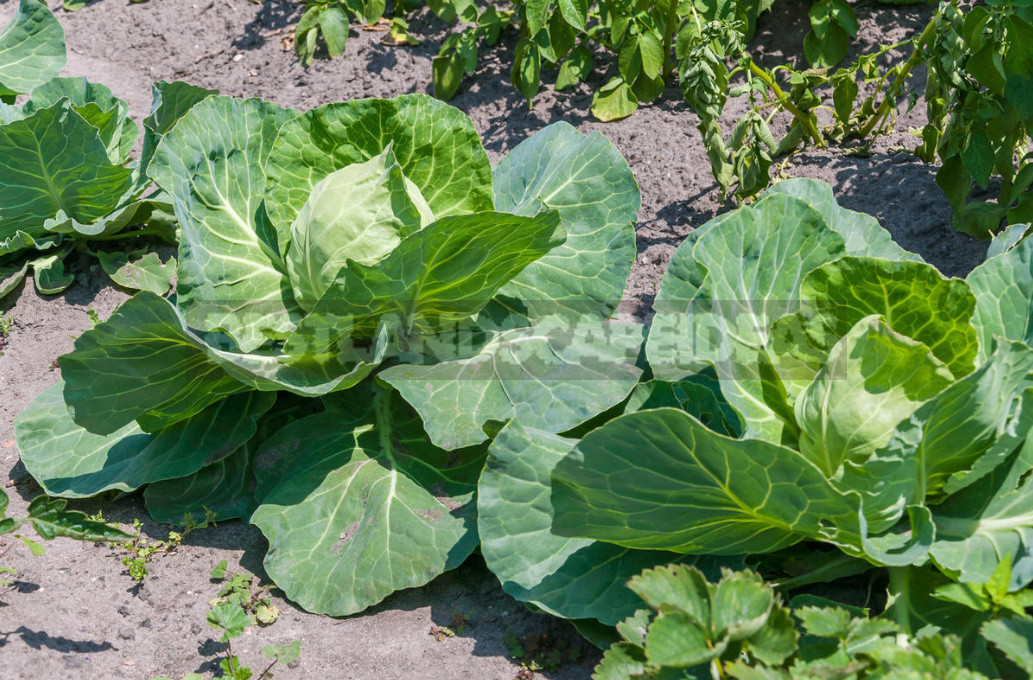
- there is no need to fight the spring drought: the seeds fully consume moisture from the melting of snow, making shoots grow strong and healthy;
- in the spring, you do not need to spend time and effort on growing seedlings, wondering where to place it and how to transport it to the site with minimal losses;
- at the beginning of the season there is no need to prepare the beds for planting seedlings or sowing seeds – in this hot period, every free day is valuable;
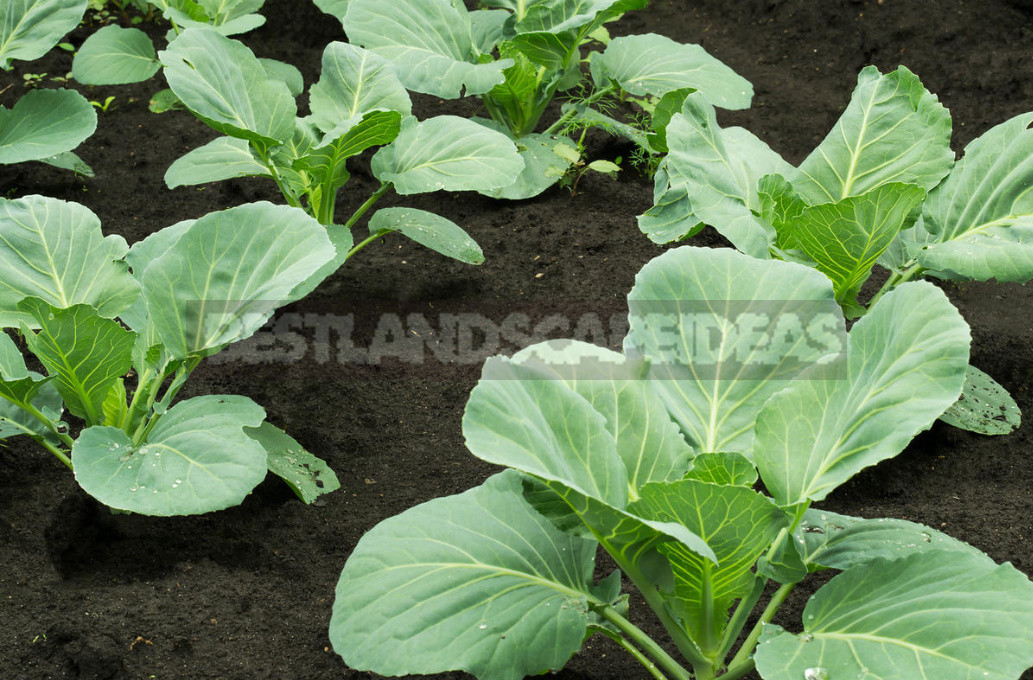
- cabbage has time to gain strength until the moment when out of hiding pests. Therefore, their attacks are not as destructive as in the case of sissies grown at home;
- the same applies to diseases: after the winter survival of the fittest seeds, which provide healthy plants with strong immune systems;
- cabbage is especially tasty and juicy.
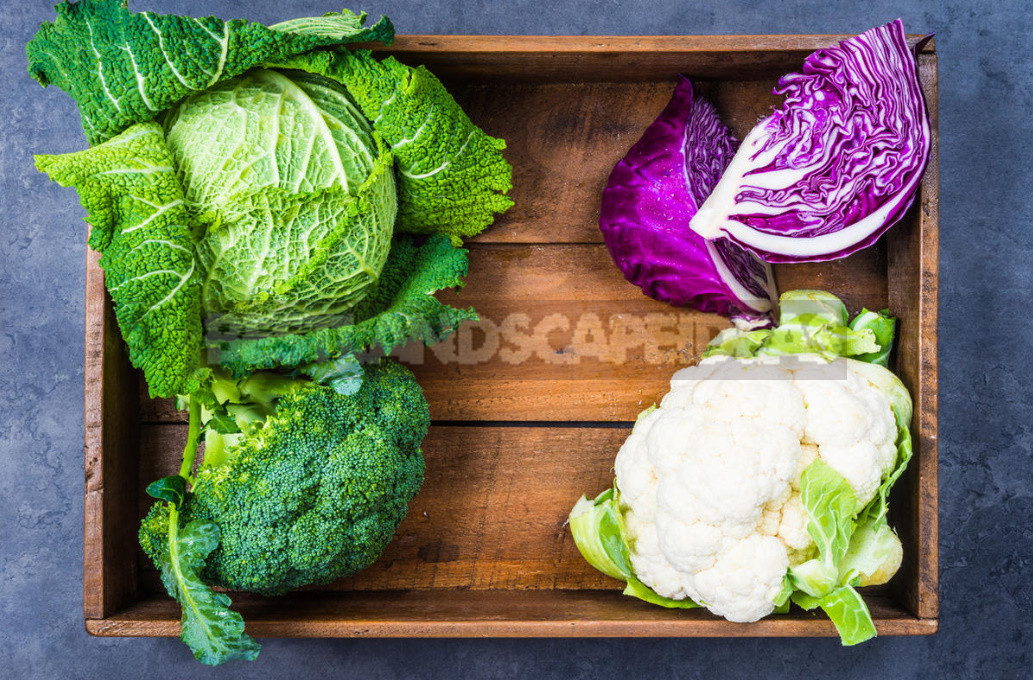
Disadvantages
From such rosy prospects, novice gardeners can instantly lose their heads, and skeptics will immediately be reminded of the pitfalls of winter planting:
- autumn will require additional work on the beds, while other gardeners have already closed the holiday season;
- Thrifty summer residents may be upset by spending on the purchase of seeds, which will require 2 times more;

- in late autumn and early winter, your first companions will be a street thermometer and forecasters, who will not allow you to relax and can suddenly make you go to the country with the seeds stored;
- in the spring, you will need to additionally bother with cabbage seedlings: to establish a shelter for them and protect them from recurrent frosts;
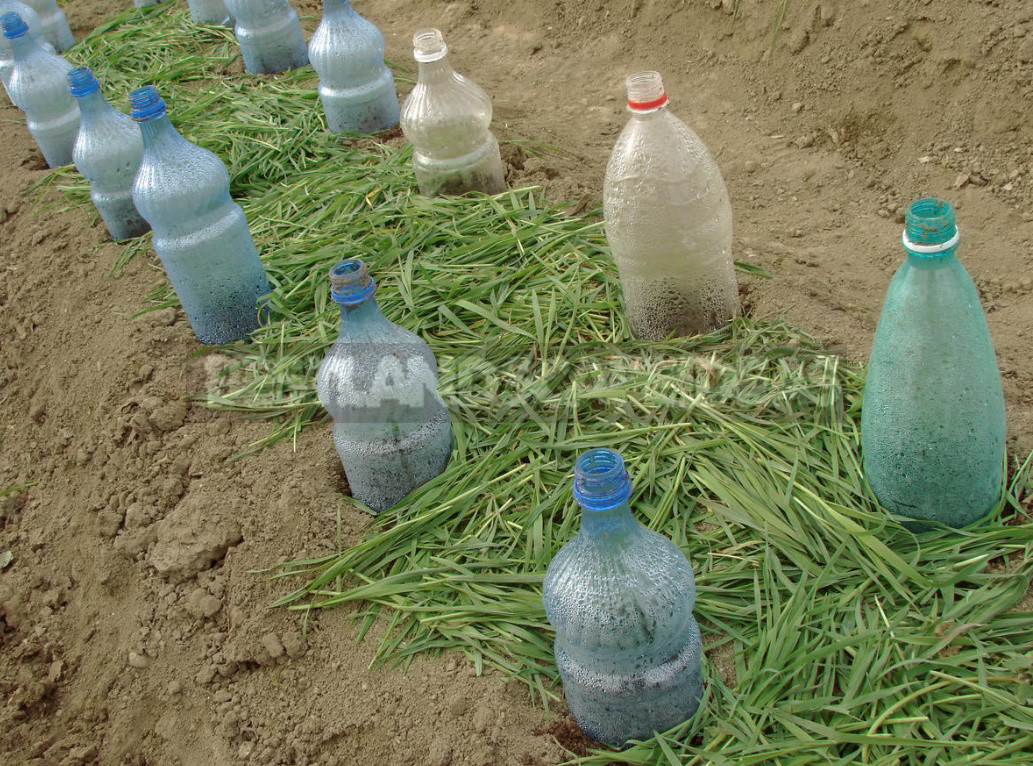
- unpredictable winter weather with sharp thaws and subsequent severe frosts can bring all your efforts to naught.
Landing technology
If you are by nature an optimist-experimenter, you are probably interested in the numerous advantages of winter planting cabbage and already impatiently rubbing your hands in anticipation of a new idea. To increase your chances of success, take the advice of experienced summer residents, who annually do it all.
Select the seeds
First of all, decide on the kind of cabbage that next season you want to see on the table before the others.
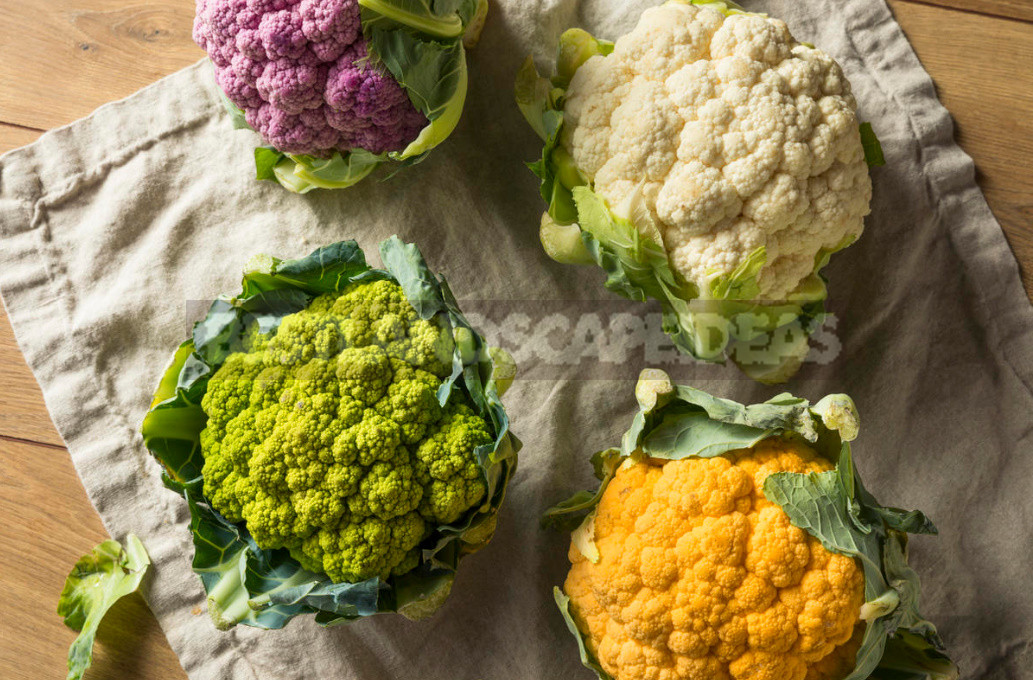
The main rule: to pick up for winter planting medium-or late-ripening varieties and postpone until spring the seeds of early cabbage-they are unlikely to survive future tests. In this case, the rate of seeds sown for the winter will need to be doubled or at least 20-30% compared to the amount that you use in the spring. Part of the seeds in the winter will certainly freeze, so in the autumn you need to sow thicker, so that in the spring there were no large bald spots on the bed.
We determine the timing of landing
Some summer residents spread around the world false rumors about the winter planting: they say, sowed, but nothing rose. And after all often cause of failures serves one and the same mistake — too early sowing.
Cabbage seeds should not germinate in autumn. To do this, they must be sown only with the arrival of a steady cold snap, when there is no snow or fell quite a bit, and the soil on the bed “grabbed” frosts and no longer thaws. Otherwise, the next autumn thaw will Wake the seeds – such instances will freeze during the next frost. So be on the alert in the fall and closely monitor the weather forecast.
Preparing the bed
Before the onset of frost resistant proceed to prepare the soil – this procedure should be carried out until the ground is frozen. It will be great if you allocate a place for cabbage at the fence or building, located in the North of the garden, or build the sides of its leeward side. In this case, you need to choose a place that will be well lit by the sun in the spring and will not be flooded by meltwater and precipitation, and will also meet the rules of crop rotation.
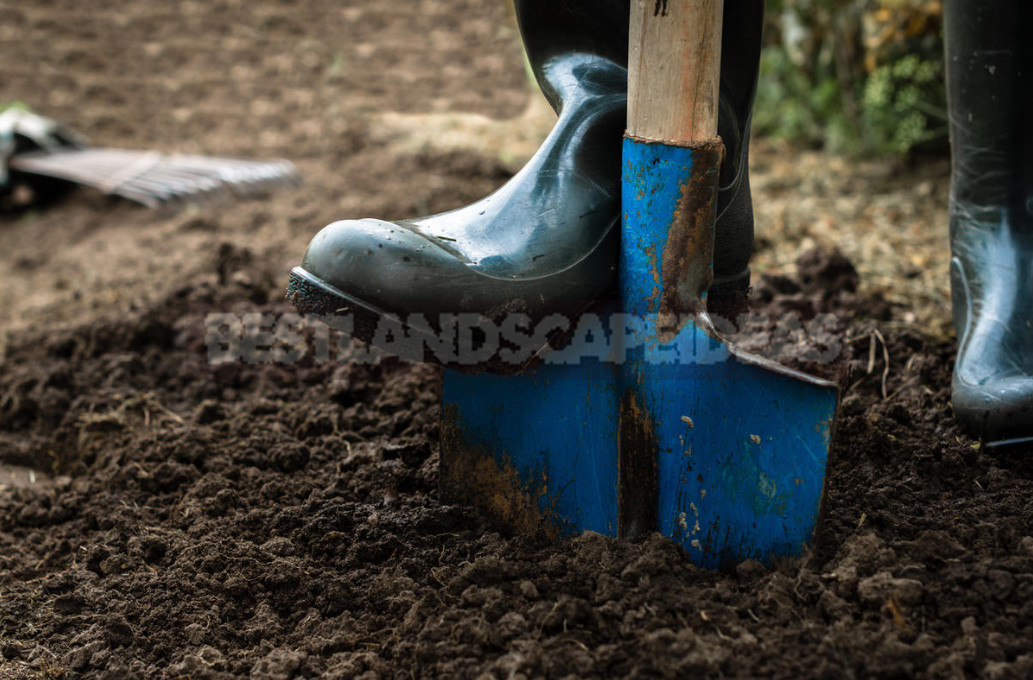
Prepare the soil on the bed spend the usual way, making under digging phosphorus-potassium preparations, organic matter and deoxidizer (if necessary). Adherents of organic farming can always replace the purchased “chemistry” with wood ash and add humus to it.
Use tricks
Having fertilized and loosened the soil, you can immediately cut the planting furrows. After that, close the surface of the bed with boards or film, so that the furrows are not washed away by rains. When the steady cooling comes, you will have to open the bed and sow the seeds in the finished grooves.
On the frozen ground to build furrows problematic, as well as sprinkle the seeds with frozen earth. Therefore, before the onset of frost, be sure to stock up on loose soil (preferably a mixture of humus and leaf soil), filling buckets or bags with it. Keep the soil in the greenhouse or on the veranda (where it will not freeze) until it is time to fill the furrows with seeds.
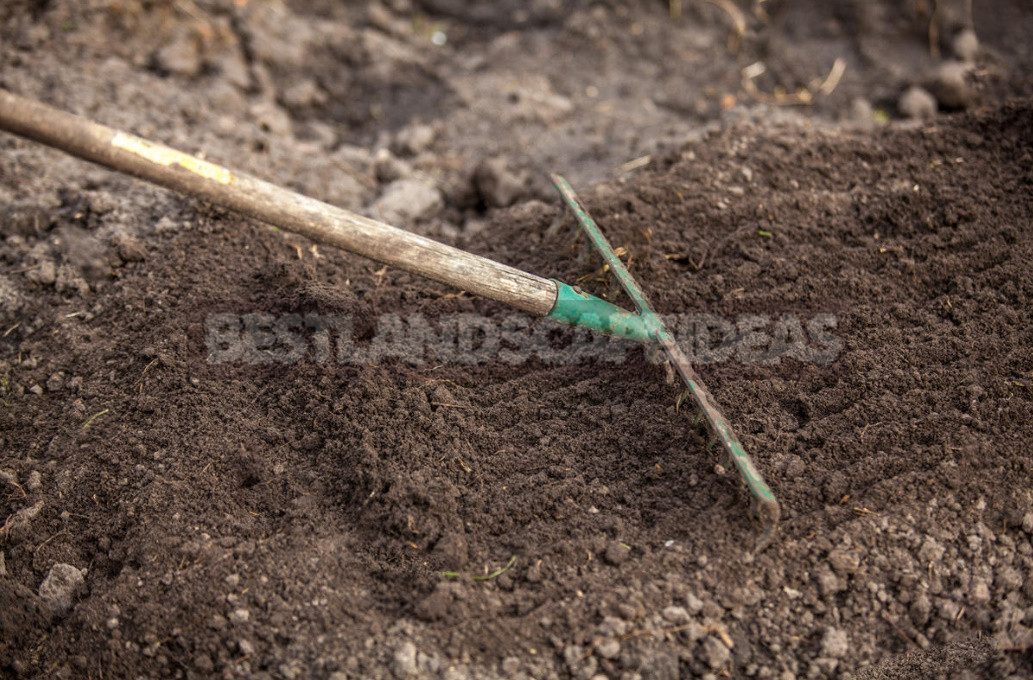
Some summer residents come easier. Furrows are not prepared, and with the arrival of cold weather, the seed material is evenly scattered over the surface of the bed. Then by means of a rake close up in a ground or sprinkle with the stored loose earth. Do not forget that in winter sowing cabbage seeds are not soaked and treated with nothing – such stimulation in the autumn period is not necessary for them. Dry seeds are used for planting. The main thing that they were large and high quality.
Spring troubles
If everything goes smoothly, and the coming winter will not disappoint the next weather anomalies, in the spring literally from under the snow your cabbage bed will be covered with friendly strong shoots. When the plants grow a little, they will need to thin out or plant.
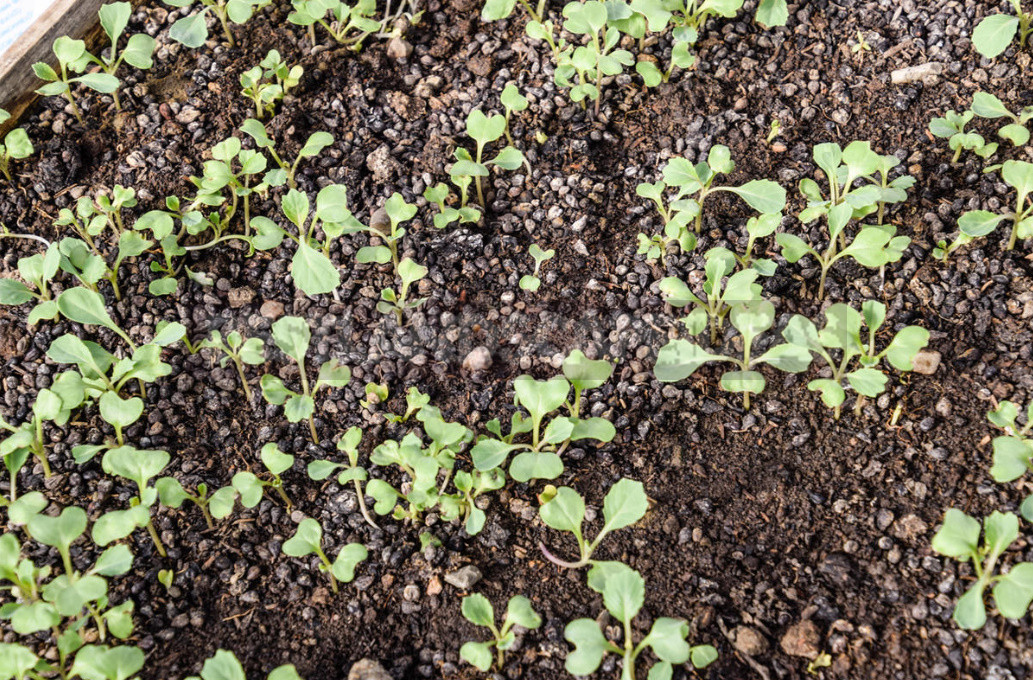
But do not relax, because spring is fraught with many dangers for green kids. With the emergence of seedlings, you will need to build a shelter for plants that will protect them from recurrent frosts. It can be the arches established over a bed and covered with a spanbond, or self-made mini-greenhouses from plastic bottles.
Useful will be a layer of hay, straw, sawdust or early weeds, which you will cover the surface of the soil under the seedlings. If you help the cabbage to survive the hardships of spring, then in the future you will have no problems with it. Strong healthy plants with the advent of sustainable warming will actively start to grow and in a couple of months will cause a stir among the suburban neighbors: “How did you manage to get an excellent harvest of cabbage, and even so early?!”.

Dear readers, I invite you this fall to experiment and break in the garden a small bed for before the winter planting cabbage. The main batch of plants grow in the usual way-in the spring through seedlings. Thus, next season you will be able to personally assess the advantages and disadvantages of the above method of growing cabbage — perhaps we really should learn from the experience of our ancestors. And if you have already conducted such an experiment, be sure to share with us your impressions in the comments.
